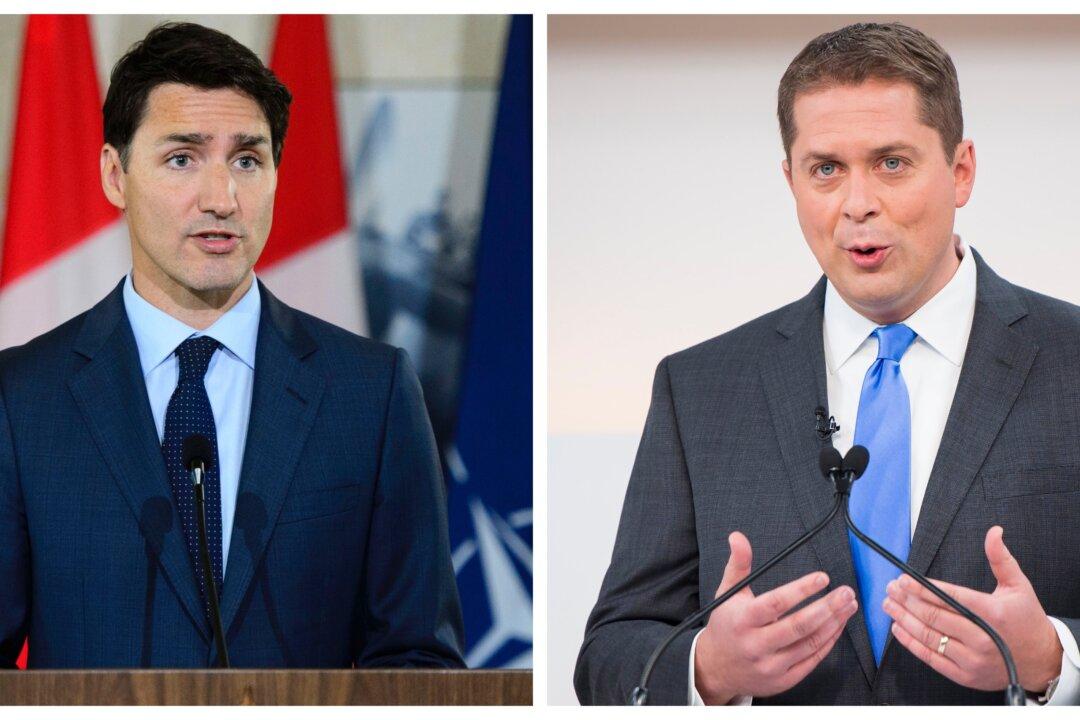News Analysis
With the federal election campaign fully underway, the Liberals and Conservatives are trying to entice voters with promises of putting more money in their pockets, but arguably one of the most significant policy announcements to date is Andrew Scheer’s proposal to cut taxes for the lowest income bracket.However, with both leading parties also focusing on pledging various niche tax credits and benefits, it appears comprehensive tax reform remains on the shelf.





